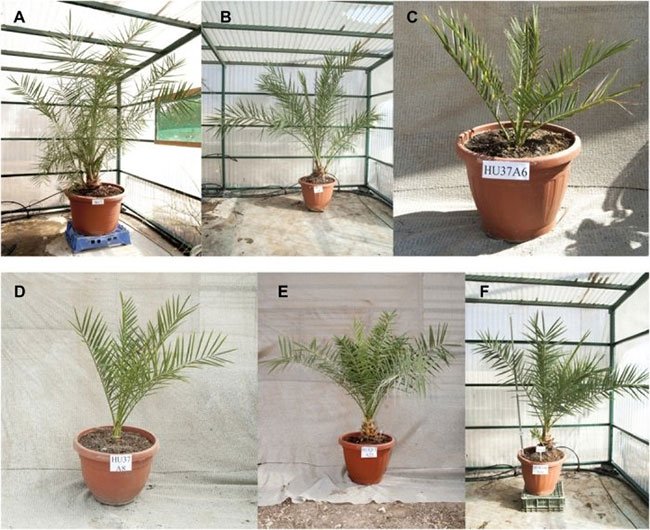Ancient Roman fruit trees were cultivated from seeds that were 2,000 years old
This remarkable event confirms the long-term viability of ancient Roman dates, a fruit tree lost over centuries. They become a valuable candidate to study the longevity of plant seeds.
"Current studies have shed light on the origins of the Judean date palm , suggesting that its cultivation, benefiting from distinct eastern and western populations, arises from Eastern varieties or local, then only bred with Western varieties , " the researchers wrote in their paper.
In an ancient palace fortress built by King Herod the Great and caves located in southern Israel between Judean Hill and the Dead Sea, archaeologists have found hundreds of seeds of date palm (Phoenix dactylifera) ).
A team of scientists, led by Sarah Sallon of the Hadassah Health Organization in Israel, arranged to classify these seeds.
They chose 34 most feasible seeds. A seed is separated as a commander; The remaining 33 seeds were carefully soaked in water and fertilizer to stimulate germination.
After this process, another particle was discovered to be damaged, and then removed; The remaining 32 seeds are planted.

6 dates are sprouted from ancient seeds.(Guy Eisner)
Finally, six of the seeds germinated successfully. They are named Jonah, Uriel, Boaz, Judith, Hannah and Adam.
Having seedlings on hand, scientists can now perform tests and analyzes they can't do on seeds.
First, they collected the pieces of seed pods still attached to the roots. These are the basis for radiocarbon dating - the researchers claim that the seed dates from 1,800 to 2,400 years ago.
The researchers can then conduct genetic analysis of the plants, comparing them with the current genetic database.
"Some Judean cultivars have also been described in ancient times, including the particularly large" Nicolai "variety, measuring up to 11 centimeters (4.3 inches) in size.
Indeed, the researchers discovered that ancient seeds were 30% larger than today's seeds, which means that the fruit is also bigger. And of course the germination is very miraculous after centuries of existence.
In the future, if scientists can discover how this seed is able to survive so long, that could have important implications for agriculture.
- Peach seeds more than two million years old are the same today
- Stunned for 800 years pumpkin seeds can still sprout
- A 3,000 year old olive tree still bears fruit
- Discovering a huge ancient Roman theater in England
- Detecting exotic seeds located 2,000 years in the tomb
- Pharmacy in ancient Rome
- Yellow 'grows' on the tree
- Roman city 2,000 years under construction site
- Discover the ancient Roman military road
- Discovered flower seeds hibernating from 110 million years ago
- Miraculous plants know
- Villas more than 1,500 years old may belong to the Roman emperor
 Why do potatoes have eyes?
Why do potatoes have eyes? 'Tragedy' the world's largest carnivorous life: Death becomes ... public toilet
'Tragedy' the world's largest carnivorous life: Death becomes ... public toilet Tomatoes were once considered 'poisonous' for 200 years
Tomatoes were once considered 'poisonous' for 200 years Detecting microscopic parasites on human face
Detecting microscopic parasites on human face